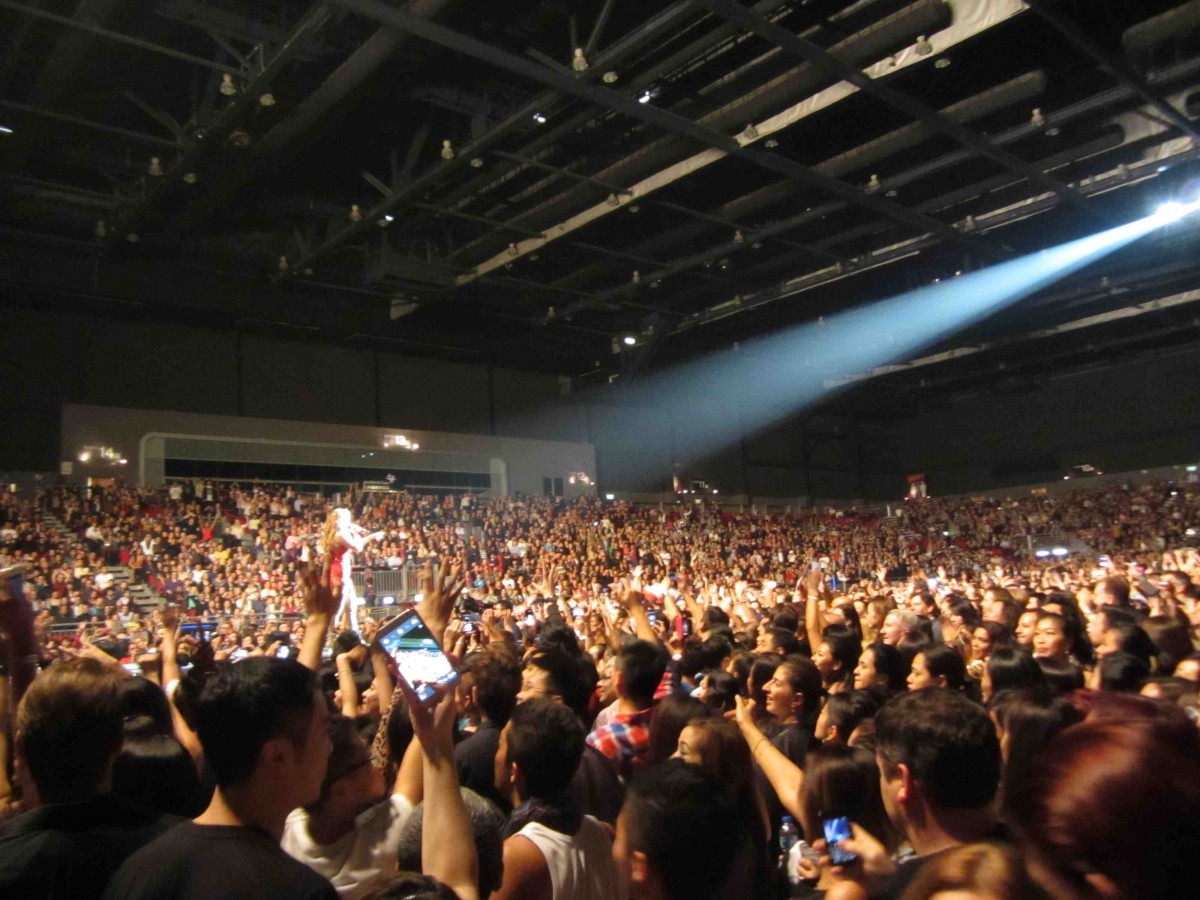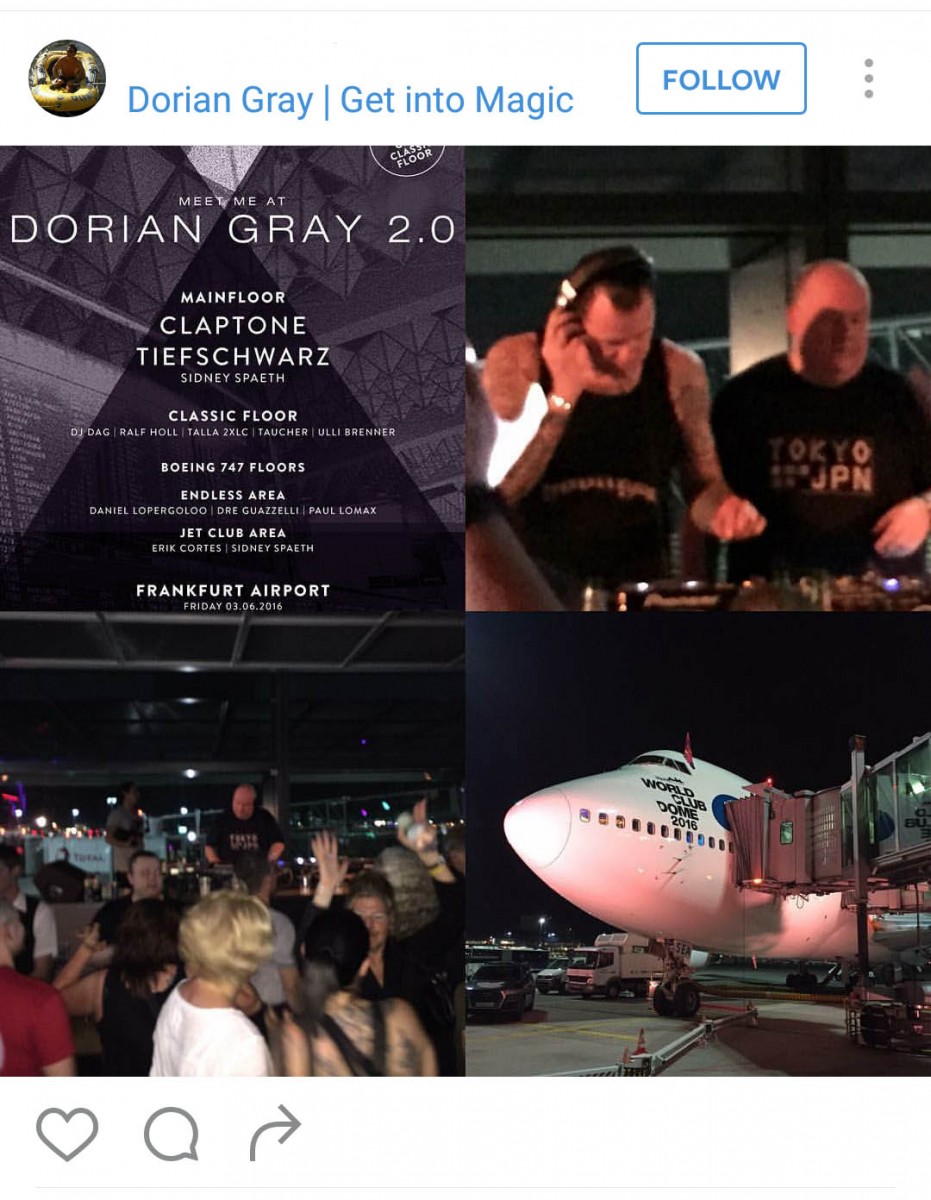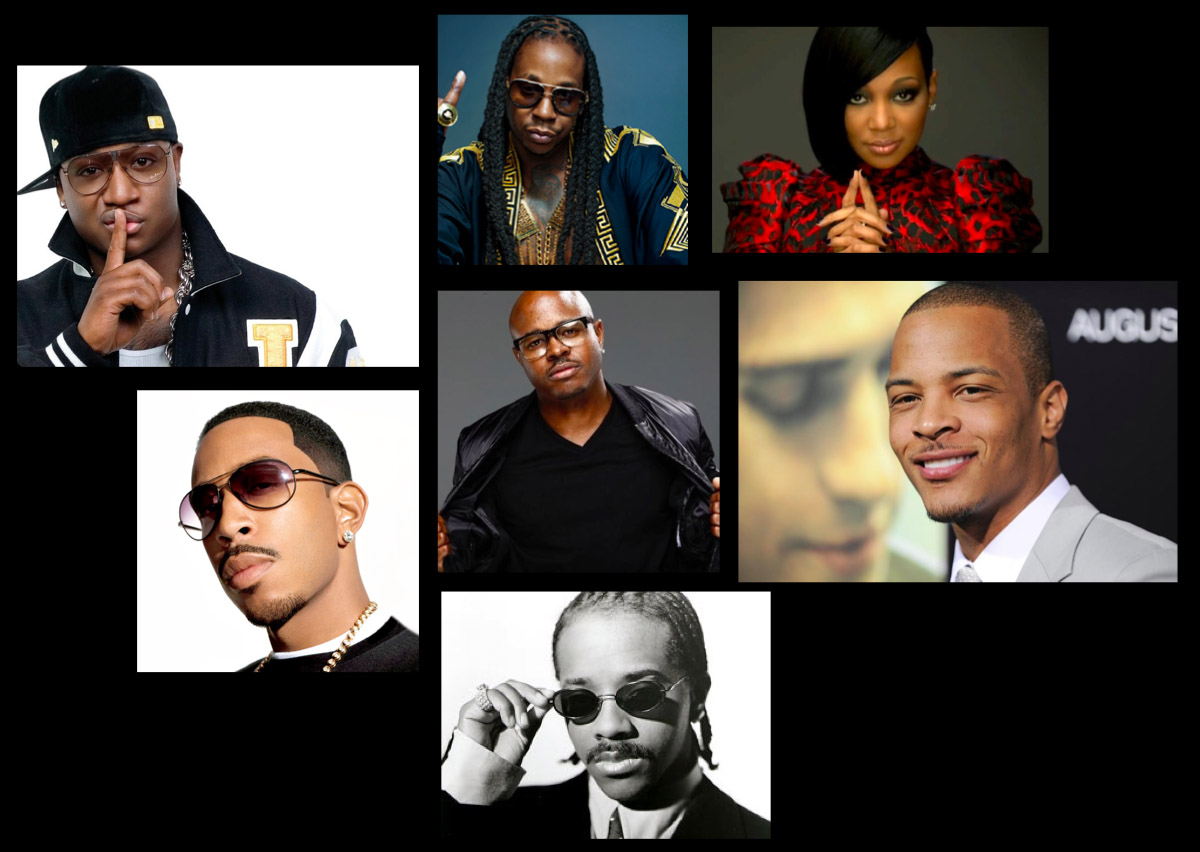The takeaway? Airports are a perfect location for large public events that require a lot of space, a sophisticated security and crowd management plan, and good connectivity to the surrounding region. Hosting these kinds of events has a number of distinct benefits for the airport. First and foremost, it increases your non-aeronautical revenue, and builds on the existing strengths of your airport’s workforce. Second, it improves your airport’s reputation among visitors—who will associate the airport with their favorite band, or an exciting tournament. Lastly, with visitors uploading thousands of images to social media, these events bring in a lot of free advertising.
How can your airport benefit by adding entertainment to its future development strategies? Often, it’s a question of adapting existing airport facilities, and expanding them to accommodate a wider range of uses—ideally ones that capitalize on unique forms of recreation and entertainment that are already thriving in your airport’s catchment area.
A case in point: Atlanta. Atlanta is not just the home of hip hop royalty, but it’s also the city that’s being showcased in the entertainment industry right now. One of the most successful shows currently on TV focuses on Atlanta’s hip hop scene, and the city hosts one of the genre’s largest award shows: think of the Oscars, but for hip hop.



